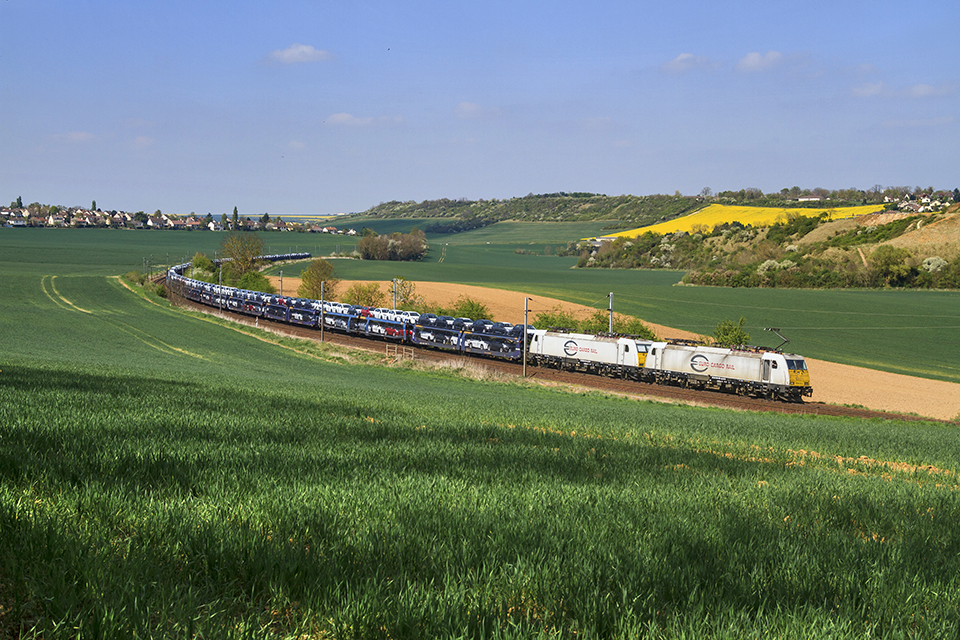French rail freight should double before end of decade

Ambitious plans have been revealed to raise awareness and patronage of the French freight network. The target is to double usage before the end of the decade. A consortium of operators have agreed collaborative terms.
French freight is in a siding and going nowhere, slowly. That is the overall conclusion behind a radical rethink, initiated by the main players in the sector. A consortium, comprising four big operators – the freight arm of the national operator SNCF and its road haulage division; Deutsche Bahn; and Eurotunnel – and a host of other players, have pooled resources to find solutions. They are all in agreement that the current market share of just nine per cent is too low, and it needs to be addressed radically if the sector is to remain competitive and viable in future.
Usage compares poorly with neighbours
The analysis will not surprise UK readers, for whom nine per cent of freight movements represents the norm, according to recent Office of Rail and Road figures. However, in European terms, France is near the bottom of the league table, just one percentage point above the Brits. Even allowing for the greater landmass, and consequently greater average tonne-kilometres, France is still behind the other large Western European nations.
Fourteen per cent of the Italian land transport market is rail based; and even a surprisingly lowly-placed Germany accounts for 18 per cent by rail. Smaller nations are well ahead, with Austria (32 per cent) and Switzerland (35 per cent) in the leading positions, according to figures from the consortium. Those more rail-centric nations have the sort of dependence on rail exhibited by the United States, where 40 per cent of freight miles (sixteen per cent of tonnage according to government figures) is moved on North America’s predominantly freight railway network.
Fret Ferroviaire Français du Futur
The consortium, under the banner of Fret Ferroviaire Français du Futur (4F), intends to promote rail to the freight and logistics industry throughout the country. Their ambition is to double freight on the network by the end of the decade, with eighteen per cent moved by 2030. Their statement says plans are already underway.

However, investment in the less-glamourous aspects of the French railway network have not always been easy to approve. With the high-speed TGV network regarded as a national icon, investment priorities in the French railways have often skewed towards developing that inter-regional network. Local and freight operations have, observers say, been neglected as other spending priorities have been identified.
However, according to French trade reports, the events of the past six months have given the project fresh impetus. There is renewed optimism that state funding and cooperation will be forthcoming, and that a one per cent increase annually – to eighteen per cent in 2030 – can be achieved.
Greener land supply chain
As elsewhere, the environmental aspects of the project have taken on a greater importance. What the consortium call a “greener land supply chain” is their ultimate aim, combining rail in principal with a cleaner road sector, and making better use of maritime and river assets.

The consortium also seeks a “cocktail” of government measures, to rebalance freight logistics in favour of rail, including pricing policy and renovating existing but underused infrastructure.
The 4F consortium has been hampered by the coronavirus crisis, but has kept up a schedule of planning meetings. They now have a deadline of the end of this month to present firm proposals to the French government.
You just read one of our premium articles free of charge
Want full access? Take advantage of our exclusive offer





